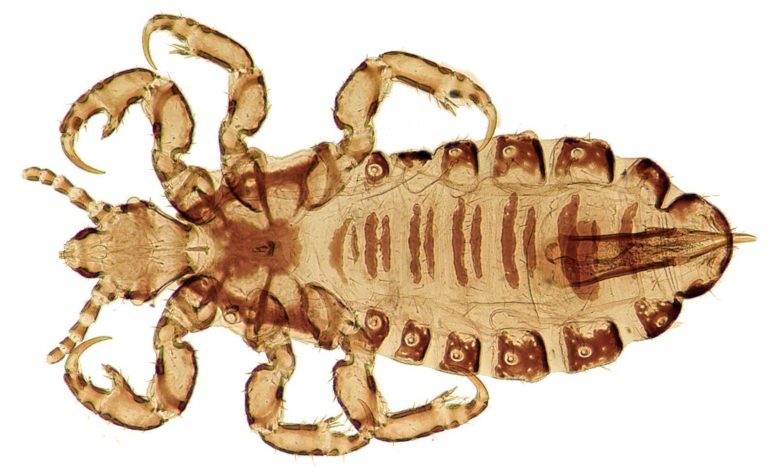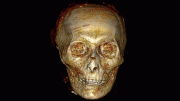
Contact between Europeans and Native Americans is recorded in the DNA of head lice. Credit: Vincent Smith, Natural History Museum, London, CC-BY 4.0
Global genetic study of lice suggests they arrived twice in the New World on human hosts.
A new analysis of lice genetic diversity suggests that lice came to the Americas twice – once during the first wave of human migration across the Bering Strait, and again during European colonization. Marina Ascunce, currently at the United States Department of Agriculture’s Agricultural Research Service (USDA-ARS), and colleagues, report these findings in a new study published on November 8 in the open-access journal PLOS ONE.
Lice as Indicators of Human Evolution
The human louse is a wingless, blood-sucking parasite that lives its entire life on its host. It is one of the oldest known parasites to live on humans, and the two species have coevolved for millennia. Due to this intimate relationship, studying lice can offer clues to how humans evolved as well. In the new study, researchers analyzed the genetic variation in 274 human lice from 25 geographic sites around the world.
Genetic Clusters Reveal Migration Patterns
A genetic analysis based on louse DNA revealed the existence of two distinct clusters of lice that rarely interbred. Cluster I had a worldwide distribution, while cluster II was found in Europe and the Americas. The only lice with ancestry from both clusters are found in the Americas. This distinct group appears to be the result of a mixture between lice descended from populations that arrived with the First People and those descended from European lice, which were brought over during the colonization of the Americas.
Link Between Asian and Central American Lice
The researchers also identified a genetic relationship between lice in Asia and Central America. This supports the idea that people from East Asia migrated to North America and became the first Native Americans. These people then spread south into Central America, where modern louse populations today still retain a genetic signature from their distant Asian ancestors.
Future Research and Conclusions
The patterns observed in the new study support existing ideas about human migration and provide additional knowledge about how lice have evolved. The researchers point out that they selected genetic markers that evolve quickly and are best suited to recent events. Thus, future studies that use markers that have changed more slowly could shed light on more ancient events. Additionally, the methods developed for this work could guide the development of new analyses to study other host-parasite systems.
The authors add: “Human lice are more than annoying human parasites, they are ‘satellites’ of our evolution. Because human lice feed on human blood, they need us to survive, and over millions of years this resulted in a long co-evolutionary history together.”
Reference: “Nuclear genetic diversity of head lice sheds light on human dispersal around the world” by Marina S. Ascunce, Ariel C. Toloza, Angélica González-Oliver and David L. Reed, 8 November 2023, PLOS ONE.
DOI: 10.1371/journal.pone.0293409









When and where did meteorites hit the surface of solar bodies?Why is the hydrogen gas that exists in the Sun not on Earth, which is closer to the Sun than Jupiter?But is there a lot of hydrogen gas in Jupiter?Why do the four major gas planets orbit in less than 24 hours and faster than Earth?Why does Venus rotate clockwise, but all planets rotate counterclockwise?Why does Jupiter have 102 moons, but none of the 200 planets that American scientists found with the large James Webb telescope had moons in the arm of the galaxy?!Text your answers to Dr. Mehrdad, Dr. Mehrdad’s mobile number 00989332197646, Tehran, Iran.
Spam.